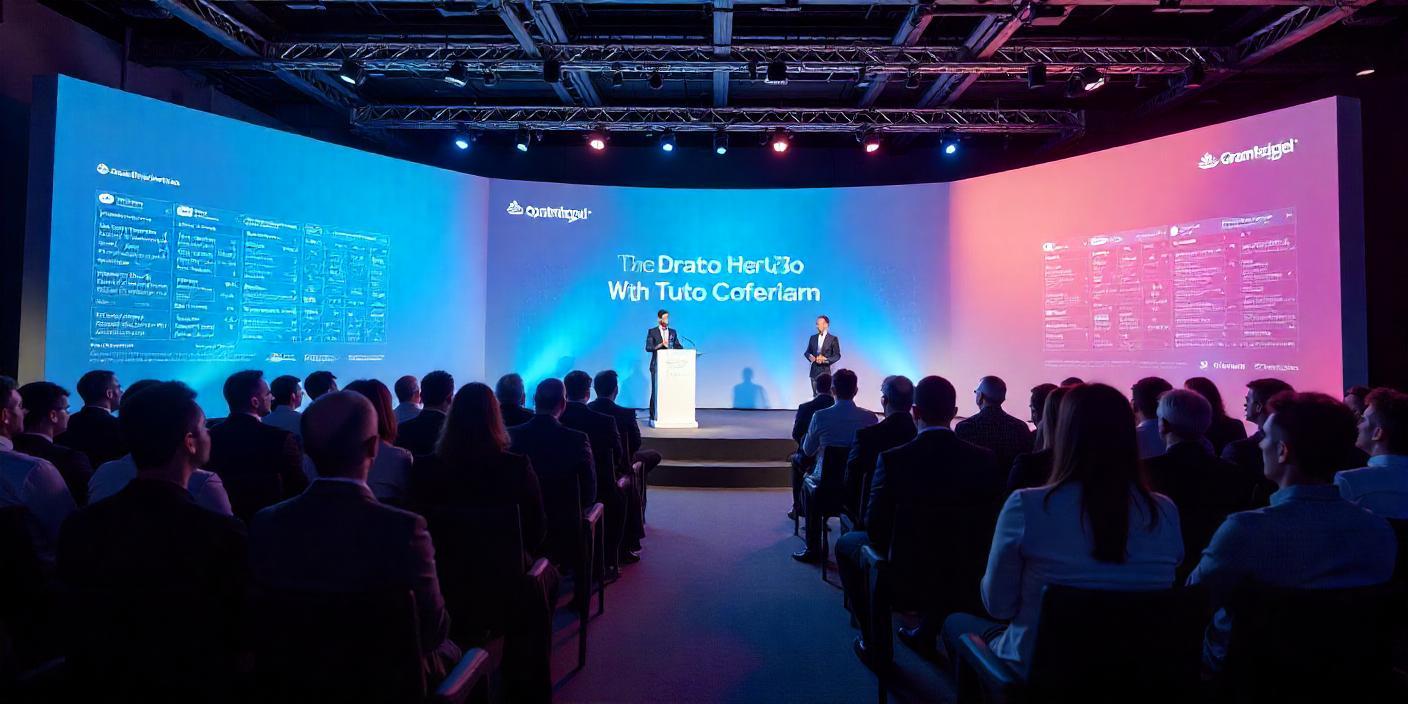Data Center Infrastructure Management: Key Trends and Innovations in 2025
The Data Center Infrastructure Management (DCIM) landscape is undergoing transformative changes in 2025, driven by technological advancements and increasing industry demands. As organizations strive for operational efficiency, security, and sustainability, DCIM solutions are evolving to address emerging challenges. This article explores the latest trends shaping the Data Center Infrastructure Management sector in 2025.
Get the Free Sample Research Report Copy on Data Center Infrastructure Management Market: https://www.marketdigits.com/request/sample/285
1. AI and Machine Learning Integration
Artificial Intelligence (AI) and Machine Learning (ML) are becoming integral to DCIM, enhancing predictive maintenance, automating operations, and improving real-time decision-making. These technologies help data center operators optimize capacity planning, minimize downtime, and enhance energy efficiency. AI-powered solutions are essential for addressing complex data center management challenges and ensuring seamless operations.
2. Focus on Sustainability and Green Computing
Environmental concerns are driving data centers to adopt energy-efficient solutions. Sustainability efforts include the use of renewable energy sources, advanced cooling technologies like liquid cooling, and waste heat recovery systems. These initiatives help data centers reduce their carbon footprint and comply with global environmental regulations, ensuring long-term sustainability in operations.
Get the complete view of 149 Pages Market Research Report on : https://www.marketdigits.com/data-center-infrastructure-management-market
3. Growth of Edge Computing and IoT Integration
The rapid expansion of Internet of Things (IoT) devices is accelerating the demand for edge computing, requiring robust Data Center Infrastructure Management solutions to manage distributed infrastructures efficiently. Edge data centers enable low-latency processing, real-time analytics, and improved service delivery, making DCIM platforms crucial for monitoring and optimizing edge deployments.
4. Adoption of Zero-Trust Cybersecurity Frameworks
With rising cybersecurity threats, data centers are implementing zero-trust security models, which enforce strict identity verification and contextual access controls. Unlike traditional perimeter-based security, zero-trust frameworks enhance protection by continuously monitoring user activities and limiting access based on real-time risk assessments, ensuring comprehensive security measures.
5. Hybrid Computing and Cloud Repatriation Trends
As organizations re-evaluate their cloud strategies, hybrid computing and cloud repatriation are gaining traction. Companies are shifting workloads from public cloud environments back to on-premises data centers to optimize costs and improve performance. This shift underscores the importance of advanced DCIM solutions for managing hybrid infrastructure efficiently.
6. Emergence of High-Density Server Racks
The increasing demand for AI and machine learning applications is leading to the development of high-density server racks, with power consumption reaching up to 600kW per rack. To accommodate these high-performance workloads, data centers are investing in innovative cooling solutions and power management systems, ensuring optimal efficiency and reliability.
The Data Center Infrastructure Management industry in 2025 is evolving rapidly, driven by AI integration, sustainability initiatives, edge computing expansion, enhanced cybersecurity, hybrid computing adoption, and the rise of high-density server racks. Organizations that invest in advanced DCIM solutions will benefit from improved efficiency, enhanced security, and sustainable operations, positioning themselves for long-term success in the digital era.


